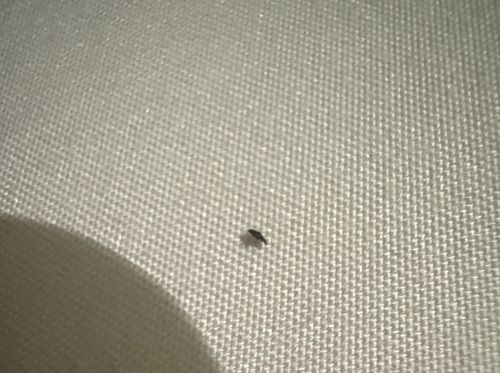Flea
Scientific Name: Siphonaptera (order), various species (e.g., Ctenocephalides felis, Pulex irritans)
Order & Family: Order: Siphonaptera, Family: Pulicidae (common fleas)
Size: 1-3 mm

Natural Habitat
Fleas thrive in warm, humid environments. They are typically found on the bodies of their hosts (mammals and birds) or in the host's nesting/sleeping areas (e.g., carpets, bedding, upholstered furniture, pet beds, cracks in floors) where eggs, larvae, and pupae develop.
Diet & Feeding
Adult fleas are obligate hematophagous parasites, meaning they feed exclusively on the blood of their hosts. Larvae feed on organic debris, including adult flea feces (which contain digested blood).
Behavior Patterns
Fleas are wingless insects known for their exceptional jumping ability, which they use to move between hosts. They have a complete metamorphosis (egg, larva, pupa, adult). Adults can live for several weeks to months, continuously feeding and laying eggs. They are highly responsive to vibrations, warmth, and carbon dioxide, which signal the presence of a potential host.
Risks & Benefits
Risks: Fleas can cause itchy, irritating bites and allergic dermatitis in humans and pets. They can transmit diseases such as murine typhus (via Rickettsia typhi), cat scratch disease (via Bartonella henselae), and are the primary vector for the bubonic plague (Yersinia pestis) among rodents and humans. They also serve as intermediate hosts for tapeworms (e.g., Dipylidium caninum). Benefits: In most human-centric contexts, fleas offer no direct benefits, but they are a component of the natural ecosystem, and their presence can be an indicator of wild animal populations.
Identified on: 11/3/2025